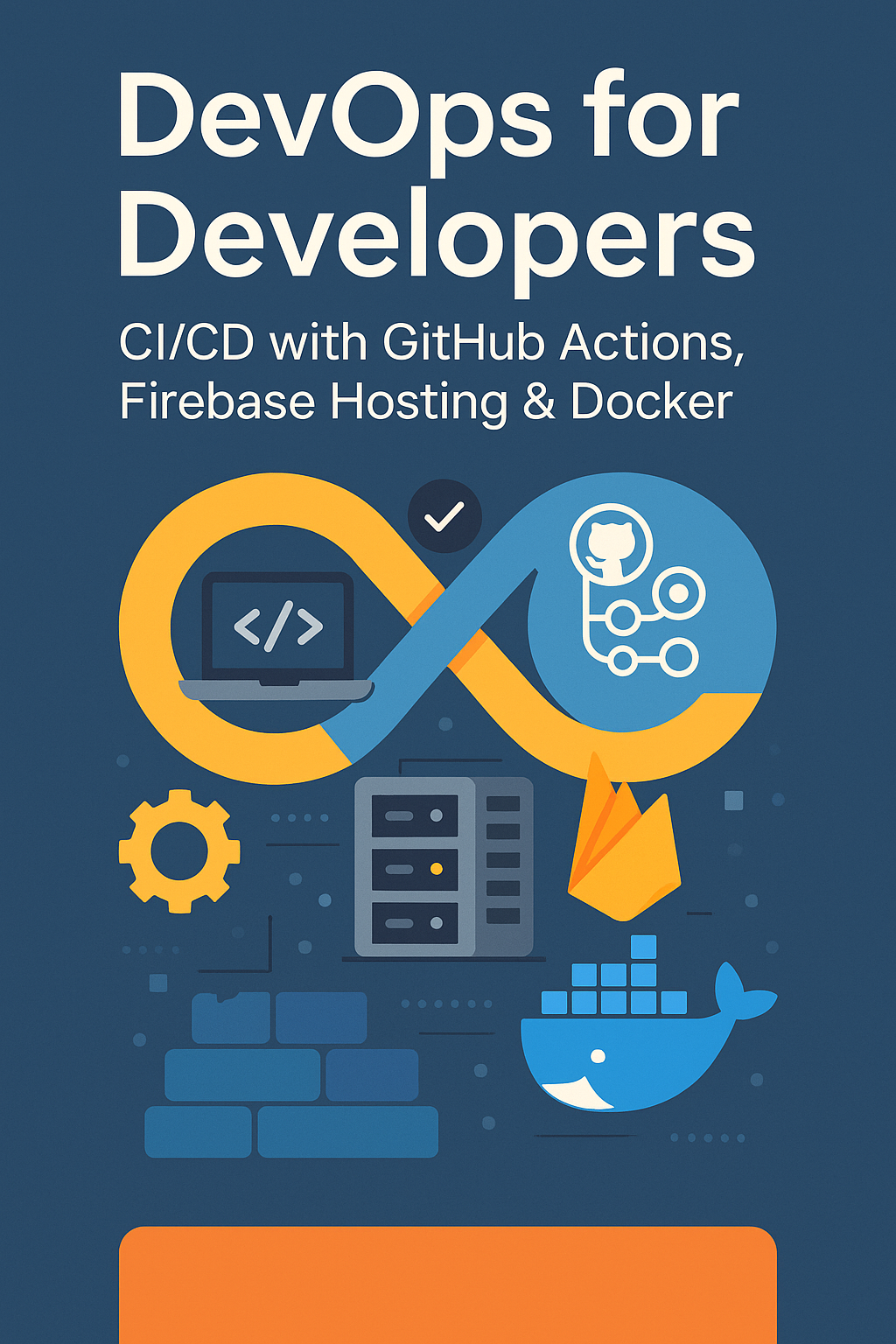
Introduction
Docker has become a standard tool for local development. It helps developers run consistent environments, test microservices, and reduce the classic “works on my machine” problem. Although Docker can simplify workflows significantly, it also brings challenges when used incorrectly. In this post, you’ll learn practical tips and common pitfalls to avoid so you can get the most out of Docker for local development.
Why Docker Is Great for Local Development
Docker provides isolated, reproducible environments that behave much like production. As a result, you spend less time fixing environment issues and more time building features. Additionally, Docker makes it easy to share complete setups across teams through Compose files and version-controlled configurations.
Key advantages
- Consistent environments for everyone
- Simple onboarding for new developers
- Easy replication of production architecture
- Support for multi-service applications
Tips for Using Docker Effectively
Use Docker Compose for Multi-Service Projects
When your project includes multiple components — such as backend, frontend, and database — Docker Compose simplifies orchestration. It lets you start everything with a single command and ensures all services run on the same network.
Example:
docker compose up -d
Compose also supports environment overrides, which helps you separate development, staging, and production configurations.
Use Bind Mounts for Fast Local Development
During development, bind mounts allow you to edit files on your local machine and instantly reflect changes inside containers.
Example:
volumes:
- .:/app
This approach speeds up development dramatically. However, it’s important to avoid using bind mounts in production because they aren’t optimized for performance.
Keep Images Lightweight
Large Docker images slow down builds, deployments, and developer onboarding. Therefore, choose slim base images whenever possible.
Example:
Use:
node:18-slim
Instead of:
node:18
You can also use multi-stage builds to reduce image size even further.
Cache Dependencies
Docker’s layer system can save a lot of build time when used correctly. By installing dependencies before copying your source code, you allow Docker to reuse cached layers across builds.
Example (Node.js):
COPY package.json .
RUN npm install
COPY . .
This structure results in faster builds, especially when working on large repositories.
Match Production as Closely as Possible
Although Docker helps replicate environments, it’s easy to accidentally use different versions than production. To avoid surprises, use the same base images, database versions, and environment variables as your real deployments.
Common Pitfalls to Avoid
Overusing Docker for Everything
Not every part of your workflow needs a container. For example, running unit tests or code formatters locally is often faster outside Docker. As a result, you should choose containerization selectively and focus on areas that truly benefit from isolation.
Slow File Performance on macOS and Windows
Bind mounts can become slow on non-Linux systems because of shared filesystem overhead. If you notice lag, switch to cached mounts or use tools like Mutagen to sync files more efficiently.
Forgetting Cleanup
Containers, images, and networks can accumulate over time. This leads to disk bloat and slow commands.
Regular cleanup helps:
docker system prune
Additionally, you can remove dangling volumes and stopped containers to reclaim even more space.
Putting Secrets in Images
Never bake secrets into your Dockerfiles. Instead, use environment variables or external secrets providers. Storing sensitive credentials inside your image creates security risks that follow the container everywhere.
Ignoring Resource Limits
On some machines, Docker containers can consume too much CPU or memory if left unlimited, causing everything else to slow down. Setting resource limits avoids this problem and keeps your system responsive.
Best Practices for Smooth Development
- Use health checks to ensure services start in the correct order.
- Keep your Dockerfiles readable and modular.
- Add
.dockerignoreto exclude unnecessary files from images. - Use named volumes for databases to persist data.
- Document your Compose workflows so new developers can start quickly.
Final Thoughts
Docker is a powerful tool for local development, enabling consistency, predictability, and easier collaboration. When used correctly, it speeds up workflows and reduces setup time. However, ignoring its pitfalls can cause slow builds, cluttered systems, and confusing errors. By following the tips in this post, you’ll create a smoother and more reliable development experience. To continue improving your workflow, check out Docker Compose for Local Development: Orchestrating Services for a deeper look at multi-service setups. For more details, visit the official Docker documentation at https://docs.docker.com.



